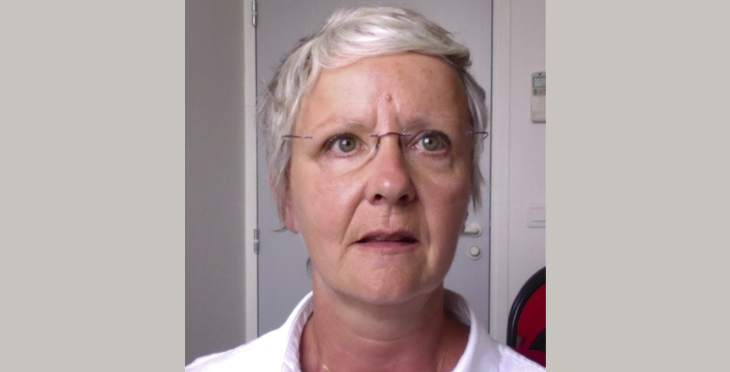Intracellular traffic of LAT and its role in T cell activation

T‐lymphocyte activation is induced by the cognate recognition by the T‐cell receptor (TCR) of antigenic peptides presented by the MHC molecules (pMHC) express at the surface of antigen presenting cells (APC). This leads to the dynamic formation of a cognate contact between the T lymphocyte and the APC: the immune synapse (IS). Although the engagement of the TCR takes place at the plasma membrane, the TCR/CD3 complexes and the signaling molecules involved in transduction of the TCR signal are also present in intracellular organelles. These intracellular pools, both endocytic and exocytic, have a regulated intracellular traffic from and to the IS.
Our team was among the first to analyze the traffic to the IS of a key molecule of the TCR-induced signaling: the linker for activation of T cells (LAT)1-6. LAT is a transmembrane protein that plays a key role in T lymphocyte signaling and function This transmembrane protein, phosphorylated on multiple tyrosines upon TCR activation, scaffolds numerous proteins involved in T lymphocyte activation, forming LAT signalosomes. LAT is present at the plasma membrane and more abundantly on intracellular membranes. The purification of LAT-containing vesicles performed by our team and their proteomic analysis revealed the presence of several molecules involved in membrane trafficking of cargo proteins. We will present the mechanisms involved in the intracellular traffic of LAT and their fine-tuning and discuss the potential functional role(s) of the different intracellular pools in T‐cell activation.
References:
- Zucchetti, A. E., Bataille, L., Carpier, J. M., Dogniaux, S., San Roman-Jouve, M., Maurin, M., Stuck, M. W., Rios, R. M., Baldari, C. T., Pazour, G. J., and Hivroz, C. (2019) Tethering of vesicles to the Golgi by GMAP210 controls LAT delivery to the immune synapse.Nature communications 10, 2864
- Carpier, J. M., Zucchetti, A. E., Bataille, L., Dogniaux, S., Shafaq-Zadah, M., Bardin, S., Lucchino, M., Maurin, M., Joannas, L. D., Magalhaes, J. G., Johannes, L., Galli, T., Goud, B., and Hivroz, C. (2018) Rab6-dependent retrograde traffic of LAT controls immune synapse formation and T cell activation.The Journal of experimental medicine 215, 1245-1265
- Vivar, O. I., Masi, G., Carpier, J. M., Magalhaes, J. G., Galgano, D., Pazour, G. J., Amigorena, S., Hivroz, C., and Baldari, C. T. (2016) IFT20 controls LAT recruitment to the immune synapse and T-cell activation in vivo.Proceedings of the National Academy of Sciences of the United States of America 113, 386-391
- Larghi, P., Williamson, D. J., Carpier, J. M., Dogniaux, S., Chemin, K., Bohineust, A., Danglot, L., Gaus, K., Galli, T., and Hivroz, C. (2013) VAMP7 controls T cell activation by regulating the recruitment and phosphorylation of vesicular Lat at TCR-activation sites.Nat Immunol 14, 723-731
- Bonello, G., Blanchard, N., Montoya, M. C., Aguado, E., Langlet, C., He, H. T., Nunez-Cruz, S., Malissen, M., Sanchez-Madrid, F., Olive, D., Hivroz, C., and Collette, Y. (2004) Dynamic recruitment of the adaptor protein LAT: LAT exists in two distinct intracellular pools and controls its own recruitment.J Cell Sci 117, 1009-1016

